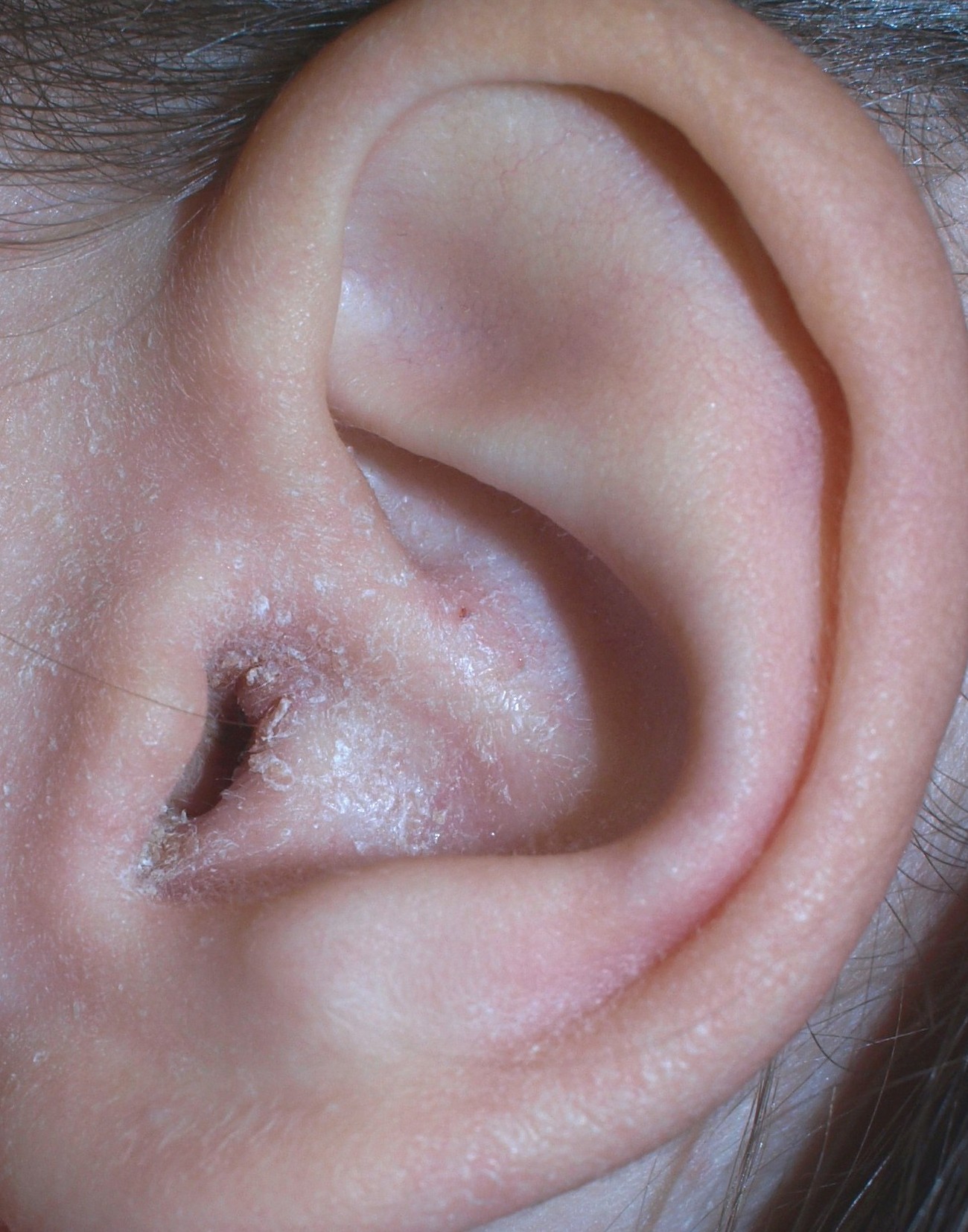
In the intricate landscape of human health, certain conditions often lurk in plain sight, their subtle beginnings easily dismissed until they demand urgent attention. Among these, ear eczema stands out as a deceptively common yet potentially debilitating skin condition, often mistaken for mere dryness or simple irritation. Far from being a trivial annoyance, it can manifest in a spectrum of forms, impacting various parts of the ear, from the delicate earlobes to the hidden depths of the ear canal, and can even signal underlying systemic sensitivities that warrant a deeper look.
Indeed, the ears, with their complex folds and sensitive skin, are surprisingly vulnerable to a range of eczematous conditions. What might begin as an innocuous itch or a slight discoloration can quickly escalate into intense discomfort, pain, and even impaired hearing. Understanding these often-overlooked warning signs, identifying their root causes, and recognizing the distinct types of ear eczema are crucial steps toward effective management and preventing more serious complications.
This in-depth exploration will guide you through the multifaceted world of ear eczema, shedding light on its various presentations, the unique triggers that provoke its flares, and the critical distinctions between its different forms. From the genetic predispositions of atopic dermatitis to the environmental vulnerabilities of asteatotic eczema, and the contact-induced reactions of allergic eczema, we embark on a journey to unravel these complex conditions, ensuring you are equipped to recognize the signals your body sends and take proactive steps towards ear health.
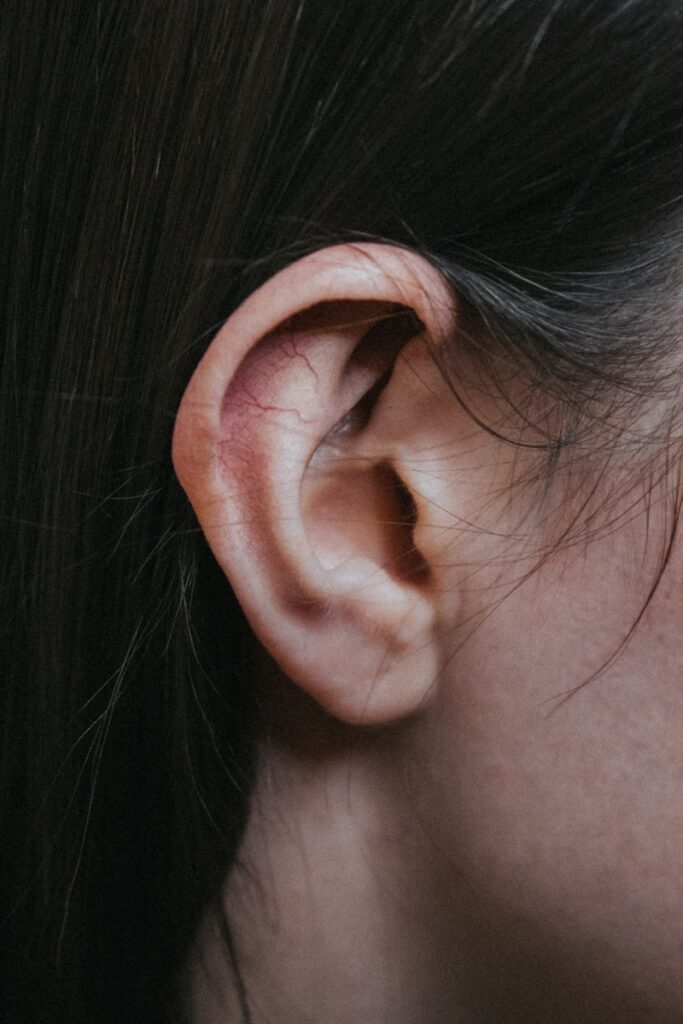
1. **Understanding Ear Eczema: What it is and Where it Strikes**Ear eczema is not a singular entity but rather a collective term for a skin condition characterized by inflammation, itchiness, and dryness that can affect any part of your ear. This encompasses a broad spectrum, ranging from a barely perceptible irritation to an intensely uncomfortable and painful experience. The condition, often also referred to as atopic dermatitis, can appear on the outer ear, known as the pinna, or extend deep within, impacting the sensitive lining of the ear canal.
The areas susceptible to ear eczema are remarkably extensive, highlighting the pervasive nature of this skin disorder. It can manifest on the visible earlobes, within the hollow area just outside your ear hole—the conchal bowl—and even at the opening of your ear, the meatus. Beyond these external structures, eczema can also affect the ear canal itself, the hidden folds of the ear, the skin behind your ear, and the delicate junction where your ears meet your face, sometimes even reaching the eardrum, also known as the tympanic membrane.
While eczema in general is quite common, affecting an estimated 15% to 30% of children and 2% to 10% of adults, its manifestation in the ear is a significant concern that often goes undiagnosed. Children tend to experience eczema more frequently than adults, often before their first birthday. Although ear eczema is typically a long-lasting condition, its symptoms can fluctuate and, with proper care and attention, tend to improve over time, making early identification and intervention paramount for managing its course.
Your skin’s barrier function, often described as the ‘glue’ of your skin, is fundamentally compromised by eczema. This disruption renders your skin more vulnerable, making it increasingly sensitive, prone to dryness, and susceptible to various infections. The visible signs, such as dryness, discoloration, and bumps, are direct indicators of this impaired barrier, signaling that external factors can more easily penetrate and trigger an immune response, leading to the characteristic inflammation.
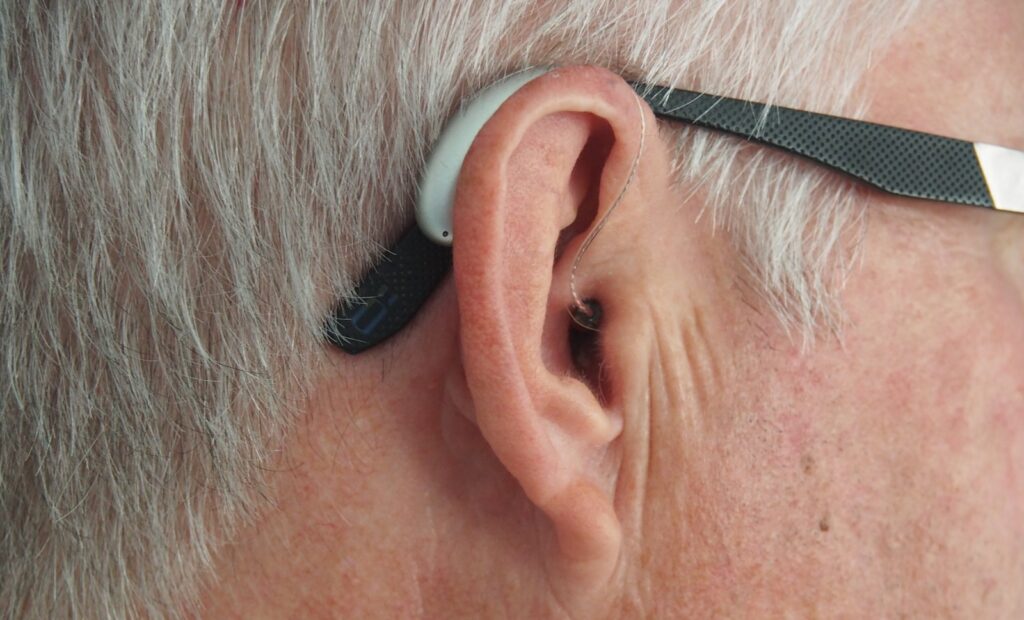
2. **Atopic Eczema: The Body’s Overactive Immune Response**Atopic ear eczema, commonly known as atopic dermatitis, represents the most prevalent form of eczema, often deeply intertwined with an individual’s genetic predisposition. This type of eczema is a clear indicator of an overactive immune system, which erroneously triggers inflammatory responses. Consequently, the skin’s natural barrier function is compromised, leading to the familiar cycle of dryness, irritation, and the tell-tale symptoms of discoloration and relentless itching, setting the stage for discomfort around the ears.
For those grappling with atopic eczema, the ears and the delicate skin behind them are particularly frequent sites of affliction. The eczematous skin in these areas typically presents as dry, intensely itchy, and either red or a darker shade than the person’s usual skin tone, depending on their complexion. This fragile, inflamed skin is alarmingly susceptible to infection, a risk that dramatically increases if the skin is repeatedly scratched and subsequently breaks, creating open pathways for bacteria.
A particularly common and often painful manifestation of atopic ear eczema occurs at the junction where the earlobe meets the face. In this sensitive crease, the skin can develop painful cracks, known as fissures, which are not only deeply uncomfortable but also serve as prime entry points for bacterial infections. This localized but intense presentation can significantly impact daily life, underscoring the need for prompt and precise treatment to alleviate symptoms and prevent secondary complications.
Furthermore, the reach of atopic eczema is not always confined to the outer ear; it can, in some cases, spread across the entire pinna and even track down into the ear canal itself. This internal progression can exacerbate symptoms, potentially leading to swelling and a sense of blockage within the canal. Understanding that this common type of eczema can extend beyond visible surfaces is vital for anyone experiencing persistent ear discomfort, encouraging a thorough medical evaluation.
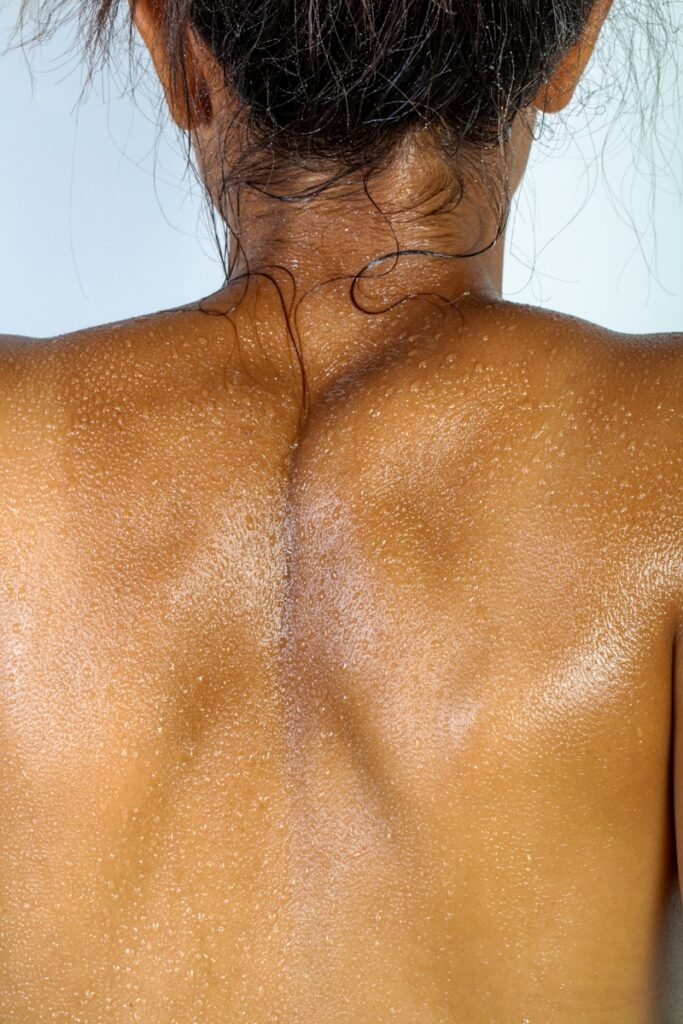
3. **Seborrhoeic Dermatitis: When Yeast Triggers Flaky, Greasy Scales**Seborrhoeic dermatitis is a distinct form of eczema that often targets areas of the body rich in sebaceous glands, which are responsible for producing oil. The ear canal is frequently affected by this condition, though it can also emerge behind the ear, particularly along the hairline in the post-auricular area. Unlike other eczemas, seborrhoeic dermatitis is primarily believed to be triggered by an immune system overreaction to a harmless, naturally occurring yeast called malassezia that resides on the skin’s surface.
Individuals experiencing seborrhoeic dermatitis often report a constellation of symptoms that extend beyond the ears. A common companion to this condition is dandruff on the scalp, which itself is a manifestation of this yeast overgrowth. On the face, sufferers may notice itchy, flaky skin accompanied by a characteristic yellowish, greasy scale along the smile lines and eyebrows, and sometimes even on the eyelids and the center of the chest.
Around the ears, seborrhoeic dermatitis specifically manifests as inflammation within the ear canal and along the hairline behind the ear. This can lead to the development of painful fissures or cracks, similar to those seen in atopic eczema, but often accompanied by the distinctive greasy scaling. Its appearance can sometimes be confusing, as it bears resemblances to psoriasis, necessitating a careful diagnosis to differentiate between the two conditions.
The treatment approach for seborrhoeic dermatitis typically focuses on mitigating the overgrowth of the malassezia yeast on the skin. This may involve the use of specialized anti-fungal shampoos to cleanse the affected areas. Additionally, creams, which may or may not contain mild topical steroids, such as Daktacort cream, are often prescribed to reduce the associated inflammation. In certain instances, topical calcineurin inhibitors, like Protopic ointment or Elidel cream, may also be considered, offering a targeted approach to calm the immune response, even if not explicitly licensed for this specific indication.
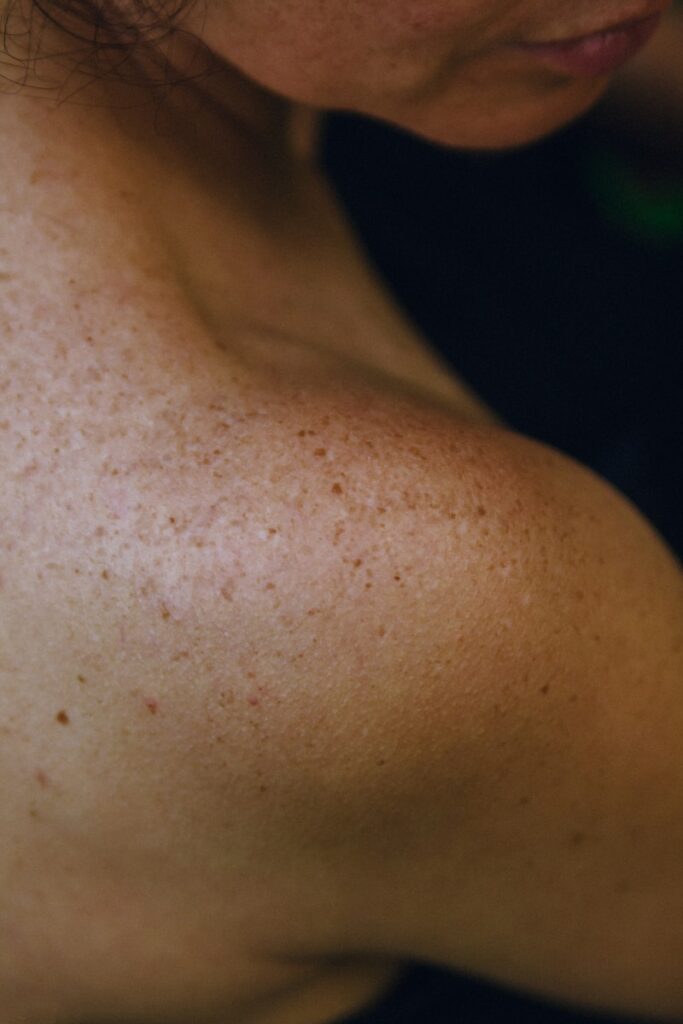
4. **Asteatotic Eczema: The Impact of Environment on Aging Skin**Asteatotic eczema, a type of ear eczema, predominantly affects older individuals, reflecting how environmental factors can significantly influence the skin’s health as we age. The exposed ear, particularly vulnerable to the fluctuations of weather and temperature, often bears the brunt of these changes, leading to the characteristic dry, scaly, and intensely itchy skin that defines this condition. It is a stark reminder of the delicate balance required to maintain skin integrity, especially in a part of the body constantly exposed to external elements.
This form of eczema is frequently exacerbated by a range of environmental and lifestyle factors that strip the skin of its natural moisture. Over-washing, for instance, can remove essential protective oils, leaving the skin defenseless. Cold or windy weather, prevalent during colder seasons, actively dehydrates the skin, while the pervasive presence of central heating and air-conditioning indoors further contributes to low humidity, creating an arid environment that severely irritates the delicate skin of the ears.
The resulting symptoms are not just superficial dryness; the skin becomes visibly scaly and can itch relentlessly, causing considerable discomfort. The constant exposure of the external ear makes it a prime target for these environmental assaults, emphasizing the need for protective measures and a heightened awareness of how daily routines and surroundings can impact the skin barrier in older adults. Even clothing choices, such as wool, and strong soaps or shampoos can act as irritants, triggering flare-ups.
Managing asteatotic eczema primarily involves counteracting these drying and irritating factors. This includes adopting gentler washing routines, ensuring adequate humidification in indoor environments, and shielding the ears from harsh weather conditions. Recognizing that this condition is particularly sensitive to external influences allows for a more targeted and effective approach to alleviate symptoms and restore comfort to the affected skin.

5. **Contact Dermatitis: The Silent Allergens in Your Everyday**Contact dermatitis, also known as contact eczema or allergic eczema, is a highly reactive skin condition that arises when the skin in your ear area encounters a substance that triggers either an irritant or an allergic reaction. What makes this type of eczema particularly insidious is its unpredictable nature: you could suddenly develop a severe reaction even to an item or product you have used without issue for years. This underscores the importance of vigilance regarding the materials and chemicals your ears come into contact with daily.
This condition can be broadly categorized into two main forms: irritant contact dermatitis and allergic contact dermatitis. Irritant contact dermatitis occurs when the skin’s surface is directly damaged or irritated by a substance, leading to dryness, itchiness, and discoloration, which can appear red or darker than one’s usual skin tone. Common culprits around and inside the ears include everyday hair and body care products such as shampoos, hair gels, hair sprays, perm solutions, hair colorants, and perfumes, all of which can strip the skin of its protective oils.
Allergic contact dermatitis, on the other hand, develops when your body mounts an immune response to a specific substance to which you have become allergic. This reaction can be triggered by a surprising array of everyday items that frequently come into contact with the ears. These include various products used for the hair and scalp, such as conditioners, hairpins, grips, hairnets, and even bathing caps. To prevent these products from collecting in the sensitive ear canal during showering, wearing earplugs can be a simple yet effective protective measure.
Jewelry, especially earrings and studs, is a notorious trigger for allergic contact dermatitis, with nickel allergy being exceptionally common. Even objects used to clean or scratch the ear, such as matches or hair grips, can cause an allergic reaction after continuous use. Furthermore, plastic, rubber, or metal ear appliances—including hearing aids and molds, spectacles, head- and earphones, earbuds, and earplugs—are frequent sources of allergic reactions. Topical medications, cosmetics, toiletries, and even allergens transferred to the ears via fingers, such as nail varnish or plant resins from poison ivy, can also initiate this disruptive immune response, making a thorough investigation crucial for diagnosis and avoidance.

6. **Otitis Externa: The Link Between Eczema and ‘Swimmer’s Ear’**Otitis externa, colloquially known as ‘swimmer’s ear,’ is an inflammatory condition specifically affecting the ear canal, and it holds a significant connection to ear eczema. This painful condition can stem from a primary skin problem, such as eczema itself, or it can be directly caused by a bacterial or fungal infection. Crucially, having existing ear eczema dramatically increases your susceptibility to developing otitis externa, creating a challenging cycle of inflammation and potential infection within the delicate ear canal.
Beyond underlying eczema, several other factors elevate the risk of developing swimmer’s ear. Frequent exposure to water, such as from swimming, is a major contributor, as prolonged dampness creates a hospitable environment for pathogens. Similarly, excessive sweating and high humidity levels can foster conditions conducive to infection. Local trauma to the ear canal, often inadvertently caused by inserting objects like cotton buds or by scratching the inside of the ear, can break the skin barrier and pave the way for inflammation and infection.
The symptoms of otitis externa are distinct and often quite distressing. Sufferers typically experience earache, which can range from mild to severe. The skin within and around the ear canal may become noticeably red or darker than one’s usual skin tone, depending on individual complexion. Swelling is common, contributing to discomfort and potentially a feeling of fullness in the ear. Persistent itching and a discharge from inside the ear are also tell-tale signs, indicating the presence of inflammation or infection.
In severe instances, the swelling of the ear canal can become so pronounced that it significantly reduces a person’s hearing, creating temporary deafness that can be alarming. When otitis externa is suspected, dermatologists often collaborate with ear, nose, and throat (ENT) medical teams to ensure a comprehensive evaluation and appropriate management. To proactively avoid this condition, it is vital to keep the ear clean, prevent trauma to the ear canal, steer clear of known irritants and allergens, maintain dryness on the outside of the ear after bathing or swimming, and diligently control any underlying skin conditions like eczema.



